-
Content Count
3006 -
Joined
-
Last visited
Posts posted by DrJB
-
-
The Scout is the predecessor to the RCX, and as such, fair to assume they work essentially the same?

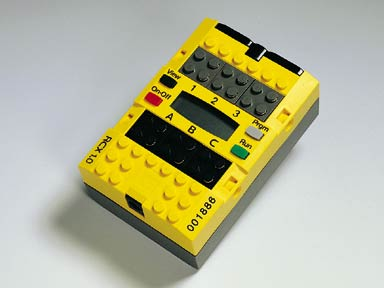
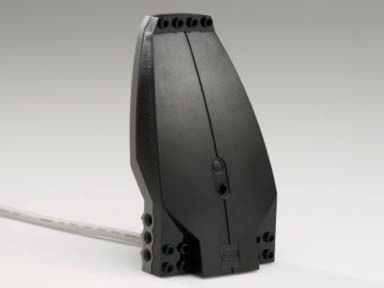
How about THESE scouts (I have 5+2 ... lol), are they programmable at all and useful for other functions than intended? ? They have built-in light and touch sensors.
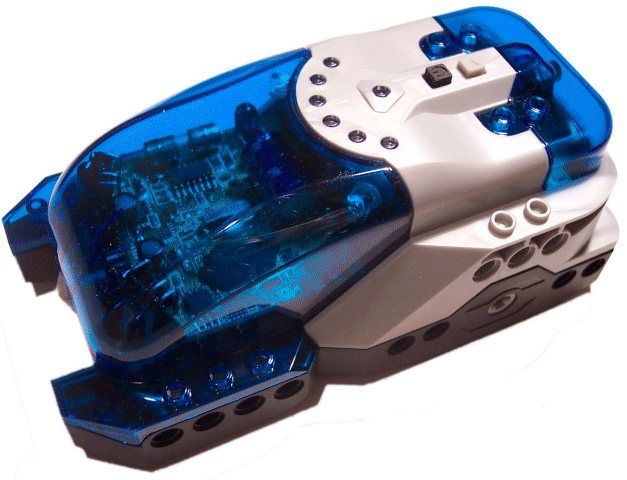
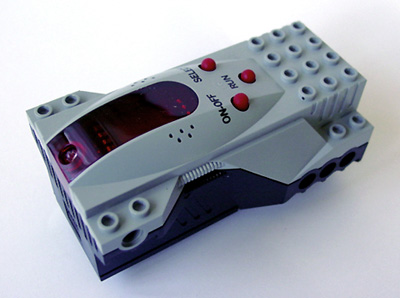
-
I must have missed it the first time. The steel balls, are those to increase the mass moment of inertia and keep the angular speed somehow constant ?
-
Thank you all, those are fantastic finds.
Keep them coming :)
-
10 hours ago, Lira_Bricks said:What do you mean with the last part? I see no studs and no mini dolls.
lol ... I'm talking about the colors ... magenta/azure/... :)
Psst ... a large number of men are color blind and can't distinguish shades of gray/pink/lavender/turquoise/... etc
-
Thank you very much. I just ordered them, along with your Torsen differential. The holidays will include some Lego time :)
One more question. What parts I need to support the blades? I'm thinking something similar to this Lego part, with more attachment options.

-
10 hours ago, Toastie said:Wonderful read!
OK, you may stop here, but you can continue as you see fit, no restrictions (and I would very much appreciate that because I love "vintage" computing - to make it work with "vintage" and current LEGO; although the LEGO bit is not that big of an issue :D)
Thank you for the kind comments, and for the fun link/thread. That's an absolute beauty to read :)
I have a couple of Control Lab units with a good collection of Light/Temperature/Touch/Rotation sensors. Hoping one day I find the time to build something 'useful'. Nothing that compares to the link below, but nonetheless very rewarding. Cheers.
-
What an inspiring/refreshing thread! Read it all and enjoyed it (Loved the youtube video with all the 'Lego computers evolution'). Glad to see I'm not the only 'technology hoarder' on here. I don't go that far back in history, but I love it when simple things do work, and are easy to debug. Yes, none of those systems compares with the EV3 self balancing robot, but the visuals and how everything works is refreshing. Keep up the good work, some of us are following (and very curious).
-
If I combine the two expressions then, you're saying:
RI >= EV3 >>>>> Spike
Translation:
1. Stay away from Spike (why the downgrade?)
2. RI slight improvement over EV3
-
Great work as always Effe. I'm interested in building a heli-rotor with both collective/cyclic. Your shapeways page shows few options.
What parts are required to build a 4 (or 6) rotor system?
Thank You.
-
2 minutes ago, Davidz90 said:Magnetic core memory.
Yep, in 70+ years, we've come a very long way. Though to understand the basic operation, those dinosaurs get the point across ... together with the picture below. Can you imagine what the 'write speed' to those devices was? I should stop here as I'm digressing way too much from Lego, but here's a good read.
https://www.computerhistory.org/timeline/memory-storage/
-
A rather impressive plotter that you came up with. Congrats, much more elegant than the one they had with the RCX 2.0.... except for the pneumatic pen holder :)
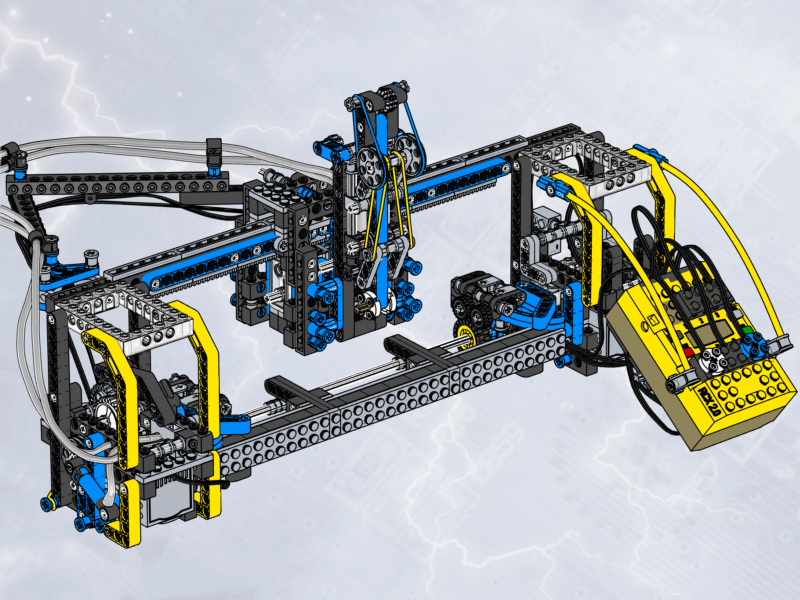 On 3/9/2022 at 3:59 PM, Toastie said:
On 3/9/2022 at 3:59 PM, Toastie said:This is how I made my graphs back then in 1986 for my diploma thesis - there was an Apple IIe - and a "state-of-the-art" x-y plotter.
OK, the graphs were boring - first and second order kinetics plots - but it was so cool to see them "paint the picture".
The brain was the Apple IIe though - and the data were submitted via RS232 - full 25 pins, as XON/XOFF was not invented yet.
This is sooo cool to watch.
Best,
ThorstenYou bring back a memory of a visit I made to Boston's Museum of Science, about 30 years ago. Back then, admission to the museum was free with student IDs from few schools.
They had the devices below on display. Anyone knows what those are?

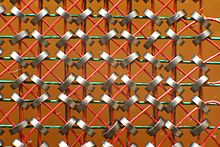
-
Thank you ... the end of an era then...
The contents/colors suggest a mix of system+technic+friends ... are we moving towards an all-inclusive (gender) STEAM environment?
It might be safest to crawl back into my cave and pull out my 2954 ... Yes, I do have a USB to Serial adapter and few micro-motors :)
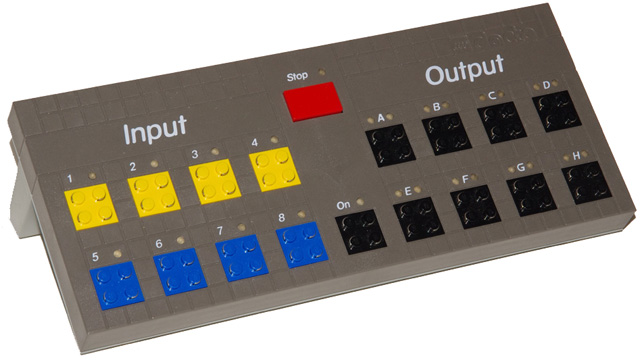
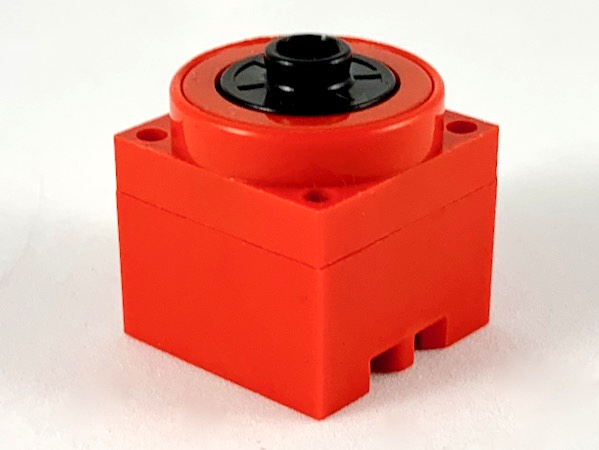
-
I've had (still have) almost every old iteration of Mindstorms, starting with the one developed for MIT 6.270 30+ years ago, and I've also been away for sometime from Lego.
Now I see there is a new contender on the horizon i.e., the 51515. I've read some reviews where some people are happy while others not so. The various complaints stem from:
1. Missing Screen/Display - some were hoping for a color LCD as a natural evolution from EV3
2. New components/connectors - one needs to invest in a whole new 'eco-system'
3. Lack of compatibility with prior versions - this was not the case going from NXT to EV3
I'm looking for a more 'complete' assessment (without much researching/reading). Can someone point to a useful link?
I'm contemplating getting a 51515, but rather hesitant due to the above points.
Thank You.
-
The second combo does not have friction either. If you want friction, use Bionicle-style connectors for poseable figures, such as the three below.
These do have a lot of friction, and high clutching power as well.
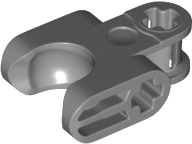 and
and 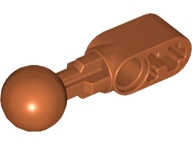
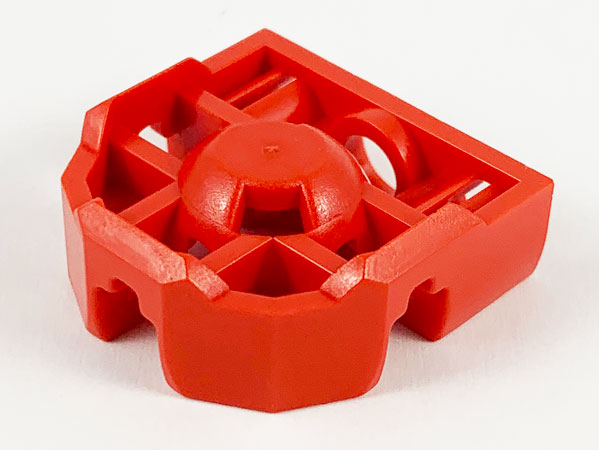
-
Thank you Milan. Looks like another L-cycle :)
-
When 8455 came out, about 20 years ago, I bought two such sets. One could build fancy contraptions with 20 cylinders and 14 switches. My thinking back then was that some day I'll get to re-create and further explore some of the pneumatic logic I learned during my highschool years, the L-cycle, the U-cycle, Truth tables ... etc. Of course those parts sat in storage for many years, until Akiyuki came up with a pneumatic-powered GBC. The mechanics of such GBC were just phenomenal (It's an L-cycle). Yet, I have not seen anything remotely as sophisticated.
Hence, the reason for this thread. Do you have knowledge of pneumatic contraptions that are fully automatic i.e., operating on various self-perpetuating cycles?
PS. To be fair, I did see a couple of 6-legged walkers and the pneumatic motors, though some of those require permanent modifications to the cylinders.

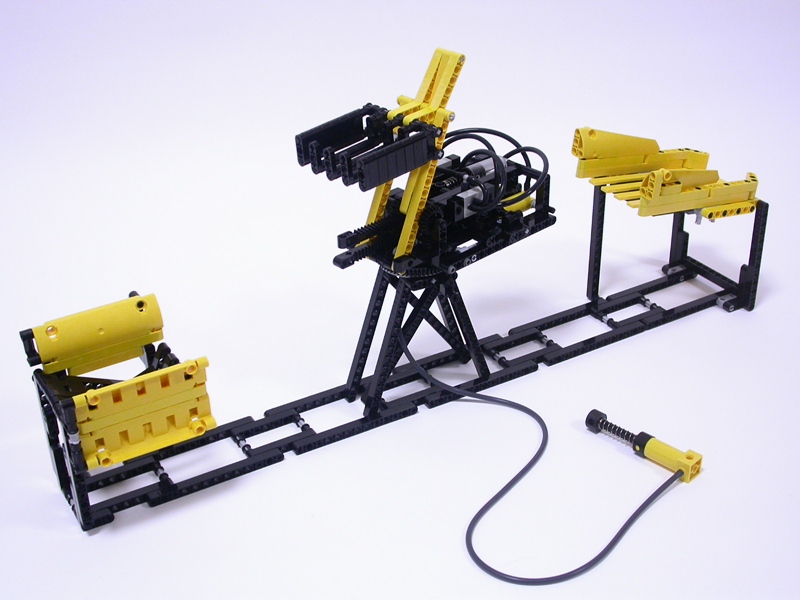
-
I was browsing for few sets I'd like to build over the holidays. Then came across two posts that were rather not too 'honest'.
1. Slythering Toves by @aneth - on aliexpress.com, they sell a complete set (non-lego)
2. @berthil's Staggering Lift GBC - Was looking for instructions, then someone on youtube decided to post a video 'discussing' those instructions
Don't people have nothing better to do than profit from other fellow humans work?
-
It's one of my all-time favorite sets, and congrats on owning a unique set. It's amazing all the functions TLG achieved given the 'limitations' of the then hybrid build (mix of studded and studless).
My other 2 favorites are the 8455 and 8043, all 3 sets are a must-have in my book.



-
This is a very nice thread, and I've always thought some day we can make all of our 'toys' talk to ne another. Example? How about running my DJI FPV Joystick (motion controller) to control lego contraptions and/other hardware ... Yes, one needs a very detailed/flexible API but not too crazy I think.
There is one PROBLEM however with this thread: Lego is available/sold everywhere in the world ... but sadly that is not the case for FisherTechnik. I visited Germany many years ago, and you guys have a much wider collection of 'toys' than us west of the ocean. I'm grateful we at least have Arduino and Raspberry PI over here. Oh, has anyone heard of Lincoln Logs? ... It's a very primitive 'construction' set available here.
Enjoy your new 'fusioned' hobbies/systems.
PS. I was not aware liftarms come now in magenta :)
-
I'm with those who say have clear housings for motors (and pneumatic pistons and LAs). One good thing about having transparent housings is so the curious amongst us need not break those assemblies just to see what's inside ...
-
Very impressive, can't wait to see the end result. One thought if I may: To increase torsional stiffness (between center hub and outer structure/ring), the spokes/strings should NOT be pointing towards the center of the wheel, but away from it, just like in a bicycle wheel. This will make for a much stiffer/rigid construction. Of course, it's only a thought ... from a mechanical engineer :).
Best
-
I would caution against lubrication. The problem is, if you add some lubricant today, that will collect some dust and become serious 'paste' in a while. If the set contains no electrical parts, I wash the whole thing in soapy water. I even let the set sit overnight in hot water. Machine detergent is best as it 'eats' the grime like no other.
-
The set looks nice, and the review is well done. However, like others on here, Lego sets have become rather expensive lately, with little playability besides the RC drive/steer functions.
How many RC vehicles can TLG come up with and bring novelty/interest now and then?
-
They already have 'lego jewelry' for girls ... with all sort of pastel colors.


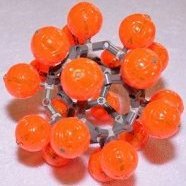
[MOC] Thirdwigg Farm Machines (New John Deere Gator)
in LEGO Technic, Mindstorms, Model Team and Scale Modeling
Posted
You should give this a try ... totally autonomous, and no operator needed. Must have good WIFI though :)